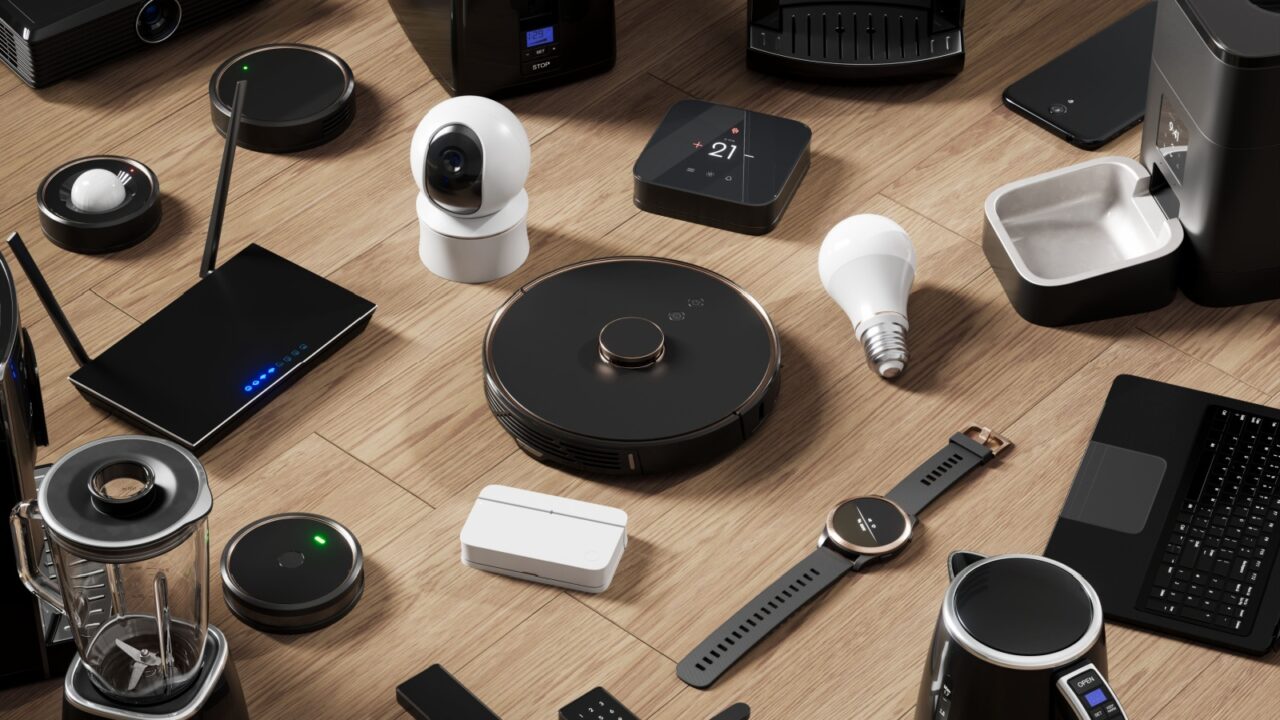
2025 is a Turning Point for Smart Homes?
Smart homes have been taking over steadily, but 2025 is shaping up to be a defining year. From smart lighting that sets the perfect mood to automated blinds that adjust with daylight, the latest innovations make homes both stylish and functional.
If you’ve been hesitating, this year might be your best opportunity to create a home that’s smarter, more efficient, and easier to manage.
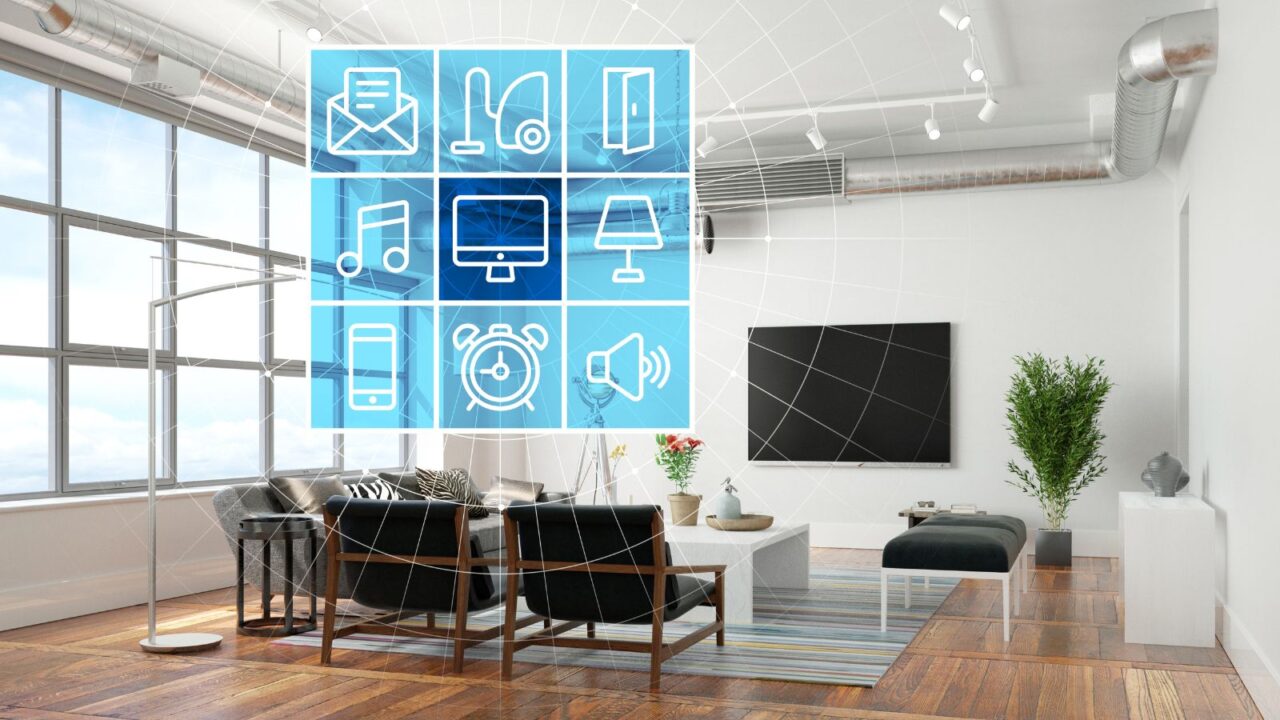
Smart Homes Have Come a Long Way
Smart home networks date back to 1975 with X10 technology. Back then, creating a smart home required technical expertise and heavy investment.
Today, things are much simpler. Wireless systems have replaced complex wiring, and you can control your home through voice commands, apps, or automation.
And now, 2025 takes things further with the advent of new technologies including Matter and AI-driven automation. With that, even beginners can easily build and enjoy the benefits of a smart home.
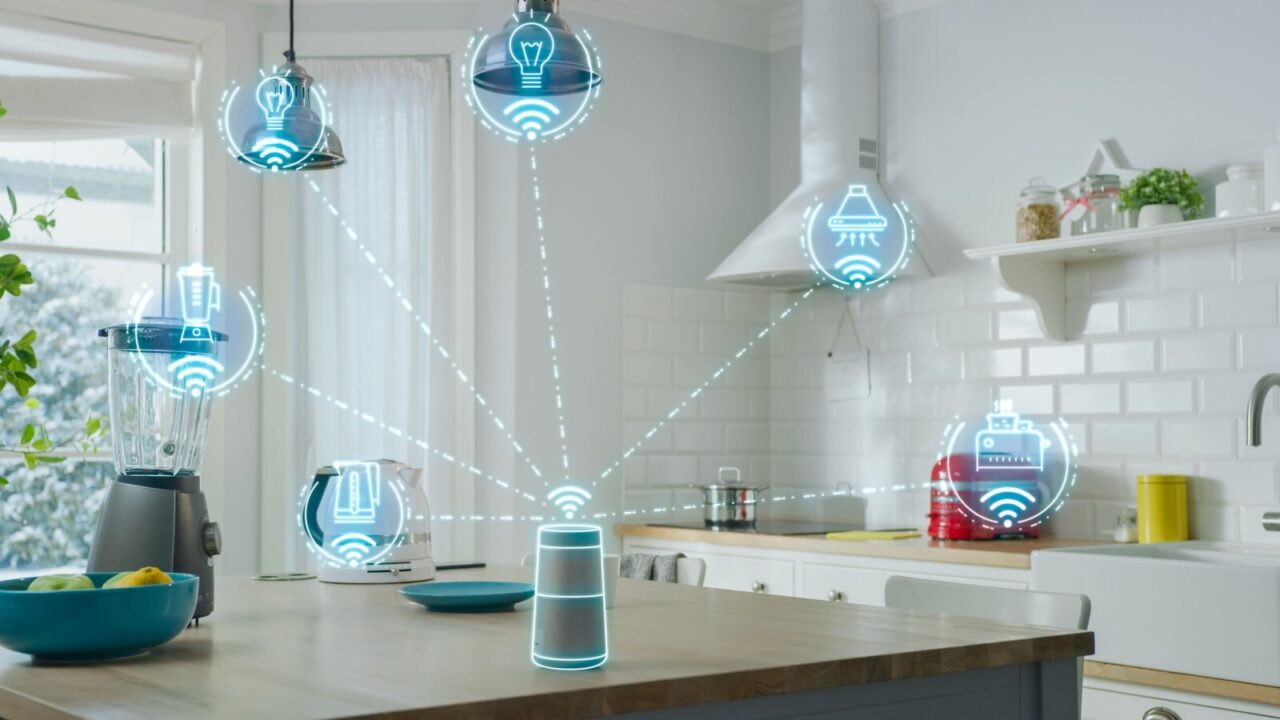
Why 2025 Could Be the Best Time to Start
Smart home tech is more accessible than ever, with devices at every price point to fit any budget. Whether you want an affordable smart plug or a high-end automation system, there’s something for everyone.
Plus, 2025 brings seamless compatibility with Matter and Thread. Matter allows devices from different brands to work together effortlessly, while Thread enhances network reliability, which means no more Wi-Fi dead zones or connection issues.
These advancements make building a smart home easier and more reliable than ever.
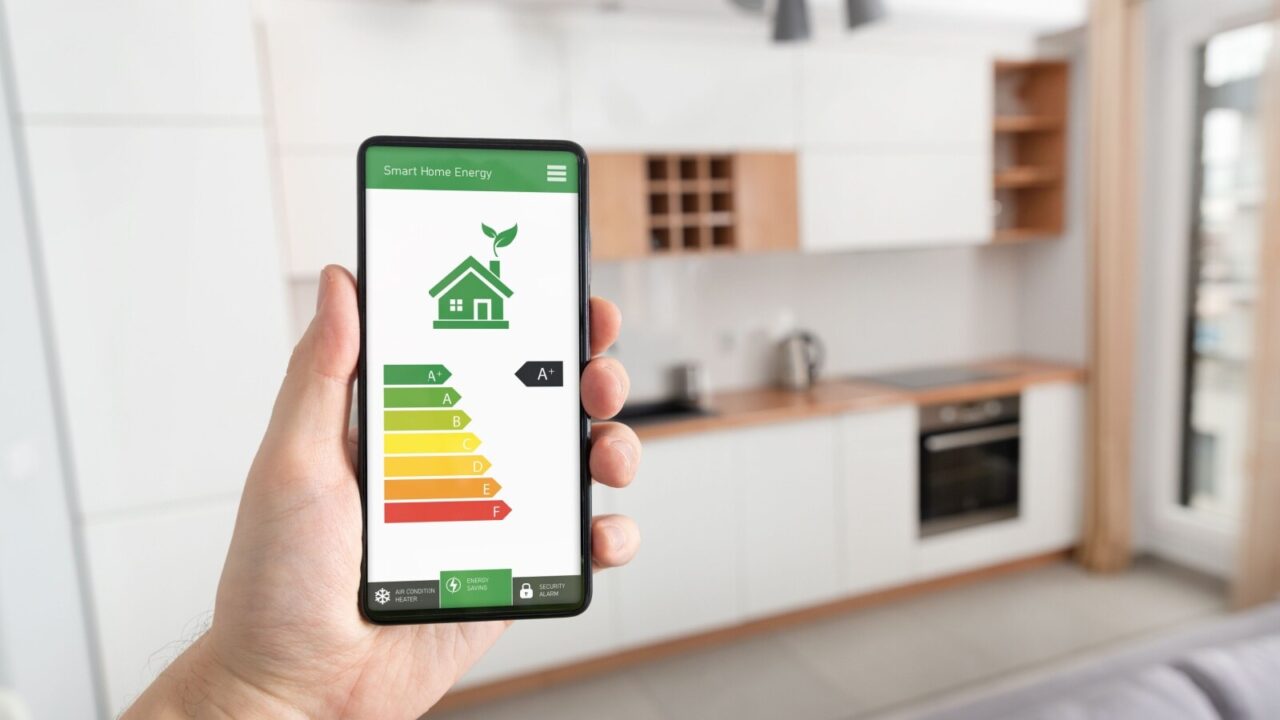
Getting Started with Smart Home Tech
If you’re ready to start and new to smart homes, start by identifying your needs. Do you want better lighting, energy savings, or enhanced security? Smart bulbs, plugs, and thermostats are easy first steps that blend seamlessly into any decor.
Begin with a single room, like the living area, where smart lighting and voice-controlled hubs can enhance ambiance without disrupting aesthetics. The key is gradual integration. Start small, and expand as you get comfortable with automation.
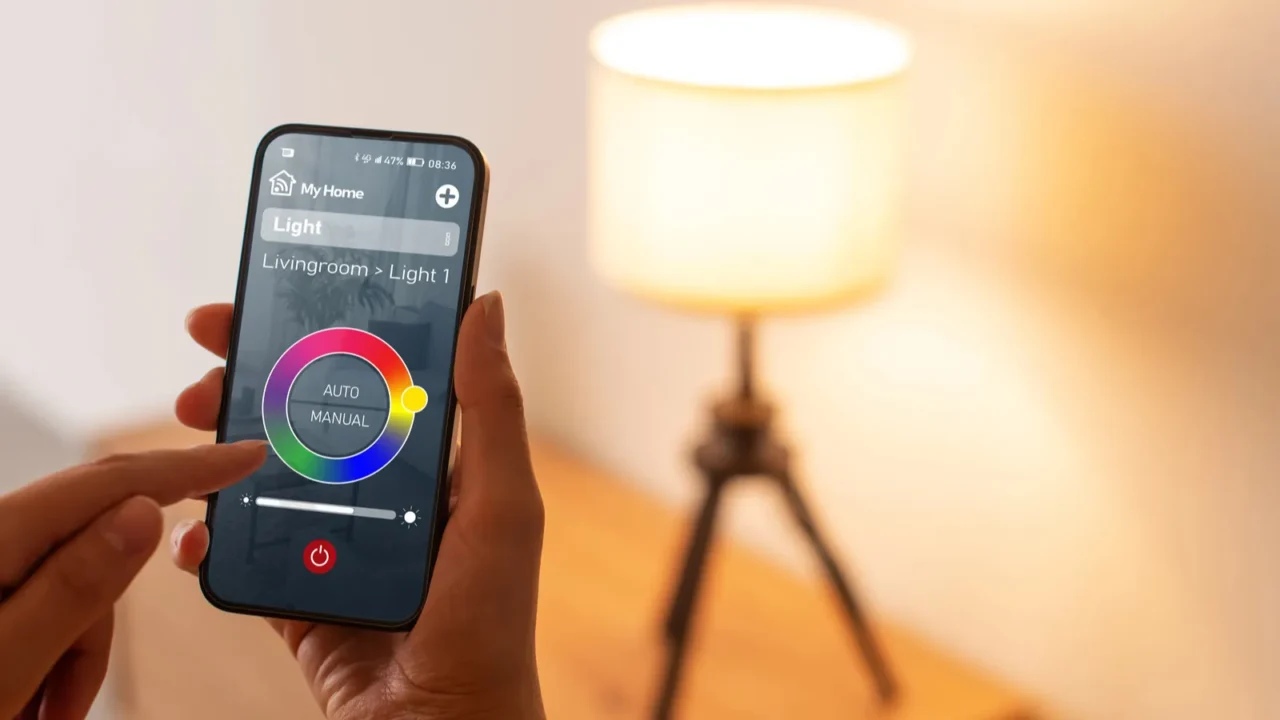
Smart Lighting
Starting with smart home technology doesn’t have to be overwhelming—lighting is one of the easiest ways to enhance your space. Smart bulbs and light strips can transform the vibes of your space with adjustable brightness, colors, and schedules.
Wake up gently with simulated sunrises or create cozy movie night settings at the tap of a button. Smart lighting systems like Philips Hue or Nanoleaf integrate seamlessly with Matter, which allows easy control through your preferred platform.
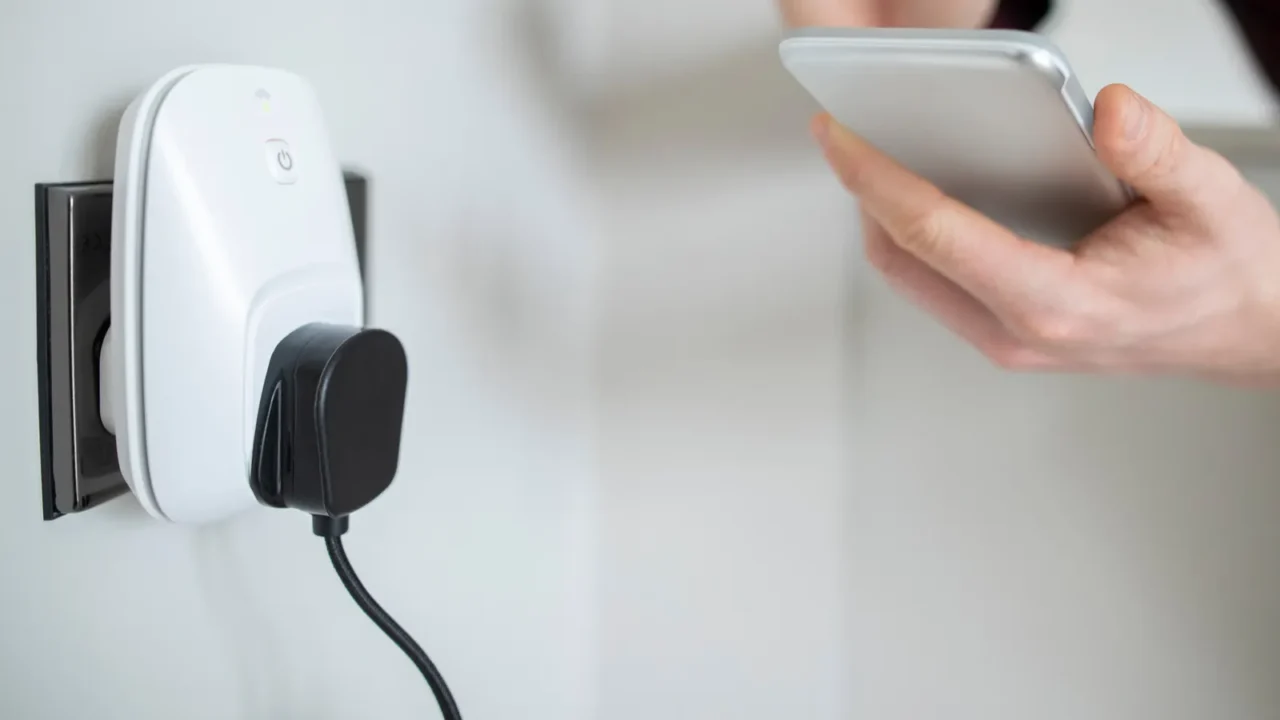
Smart Plugs
Smart plugs are an affordable, easy way to cut energy waste and a great starting point for smart home tech.
These plugs let you schedule appliances to turn off when not in use, monitor energy consumption, and control them remotely. For example, you can cut power to standby devices or automate holiday lights. This year you will see Matter-certified smart plugs that will make compatibility across platforms better.
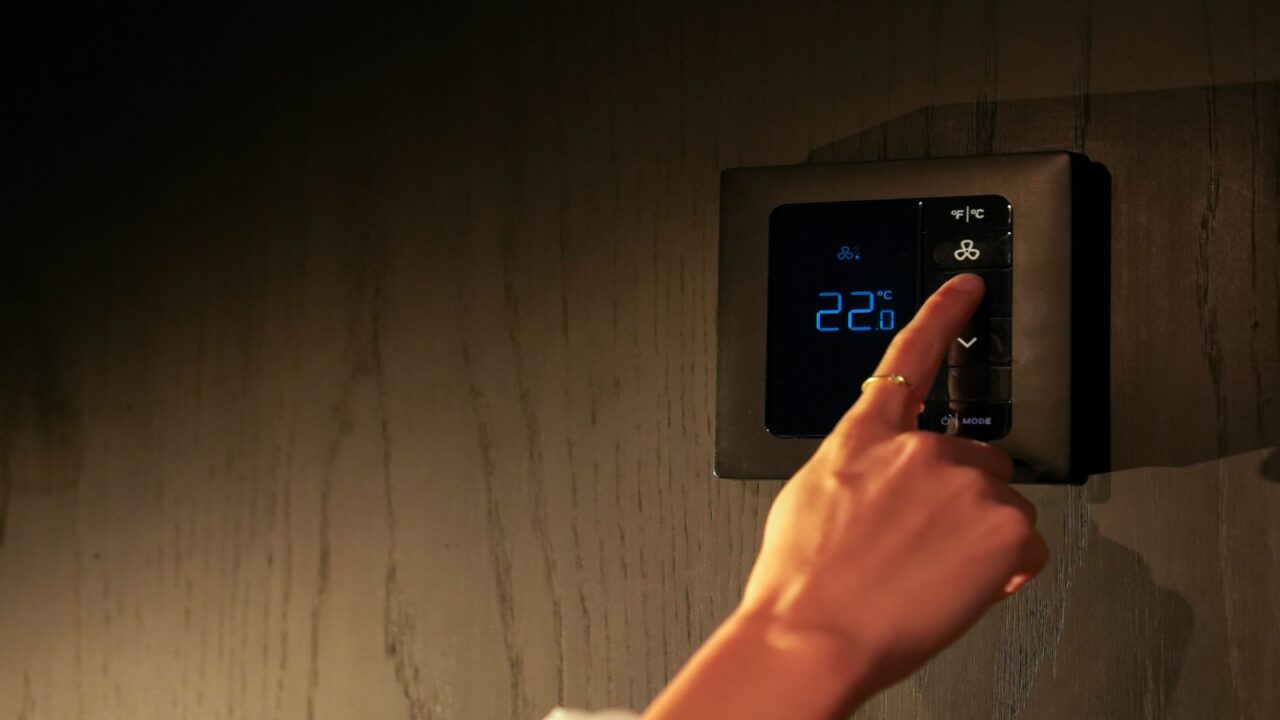
Smart Thermostat
A smart home can feel like a big investment upfront, but it’s designed to save you money over time while making life more comfortable.
Devices like Nest or Ecobee can learn your schedule and preferences, and then adjust temperatures to keep you cozy while saving energy use. They can also integrate with other smart devices, such as window blinds or fans, for better efficiency.
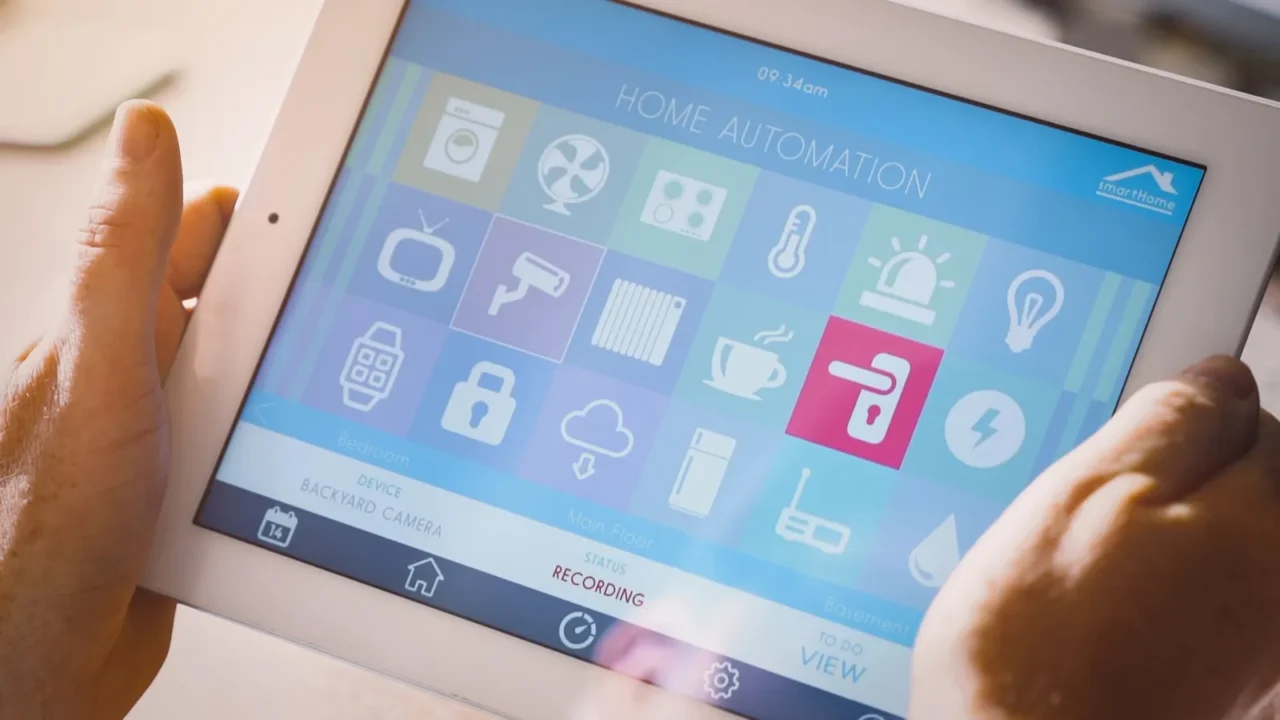
Home Security for Peace of Mind
Smart home security systems offer unmatched convenience and safety. Video doorbells, smart locks, and motion sensors allow you to monitor your home from anywhere.
With features like real-time alerts and remote access, you’ll always know what’s happening, even when you’re away.

Security and Privacy Concerns in Smart Homes
Keeping your smart home safe should be a top priority. Matter and Thread make smart devices work together smoothly, but they also help protect your privacy. They use strong security measures, like encryption and local control, to keep your data safer and reduce the need for cloud storage.
Still, homeowners need to take extra steps, like using strong passwords, keeping devices updated, and making sure their Wi-Fi is secure. These simple habits can go a long way in keeping personal information safe from hackers.
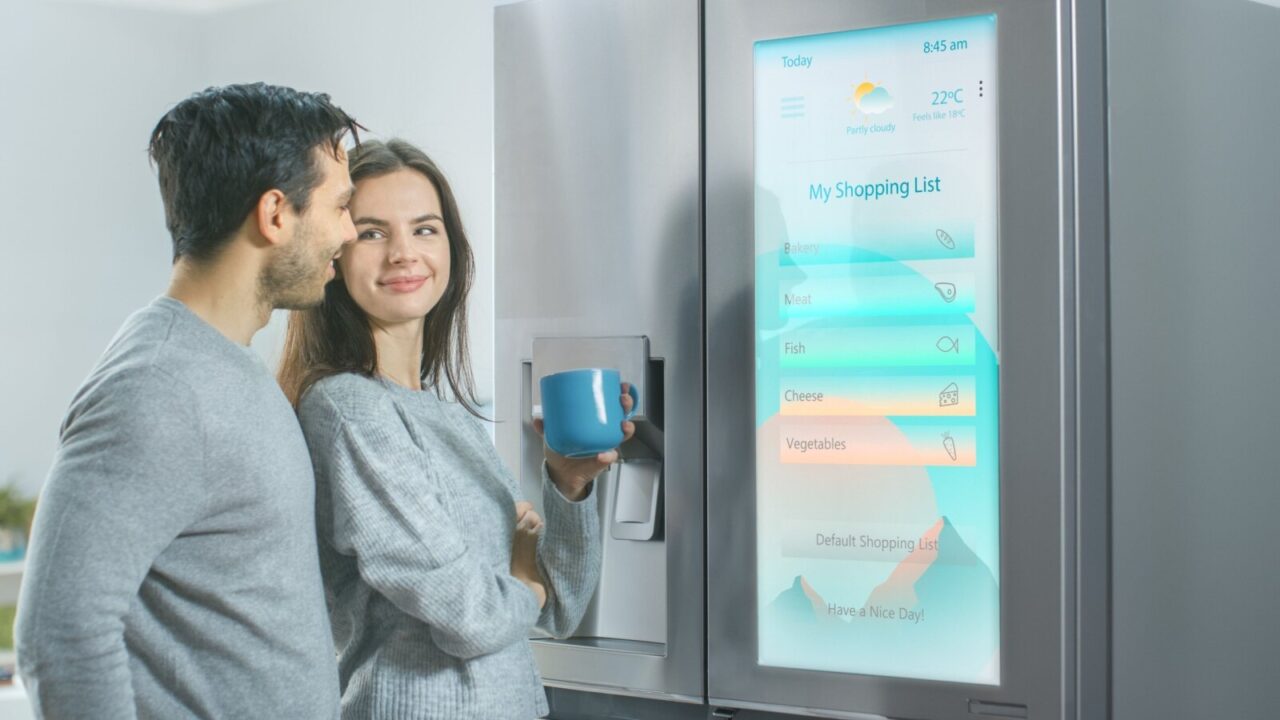
Factors to Consider in Making Your Decision
Here are two questions you need to answer to really evaluate whether this year will be the right year for you to invest in smart technology.
- Do you really need a smart home this year and how beneficial will it be?
- How frustrating is network troubleshooting for you? Would you like to wait for Matter and Thread to release?
If you can wait, you might see even better prices and tech. But let’s be honest—waiting never really ends. If you hate troubleshooting, you may want to wait until Matter and Thread become more common.
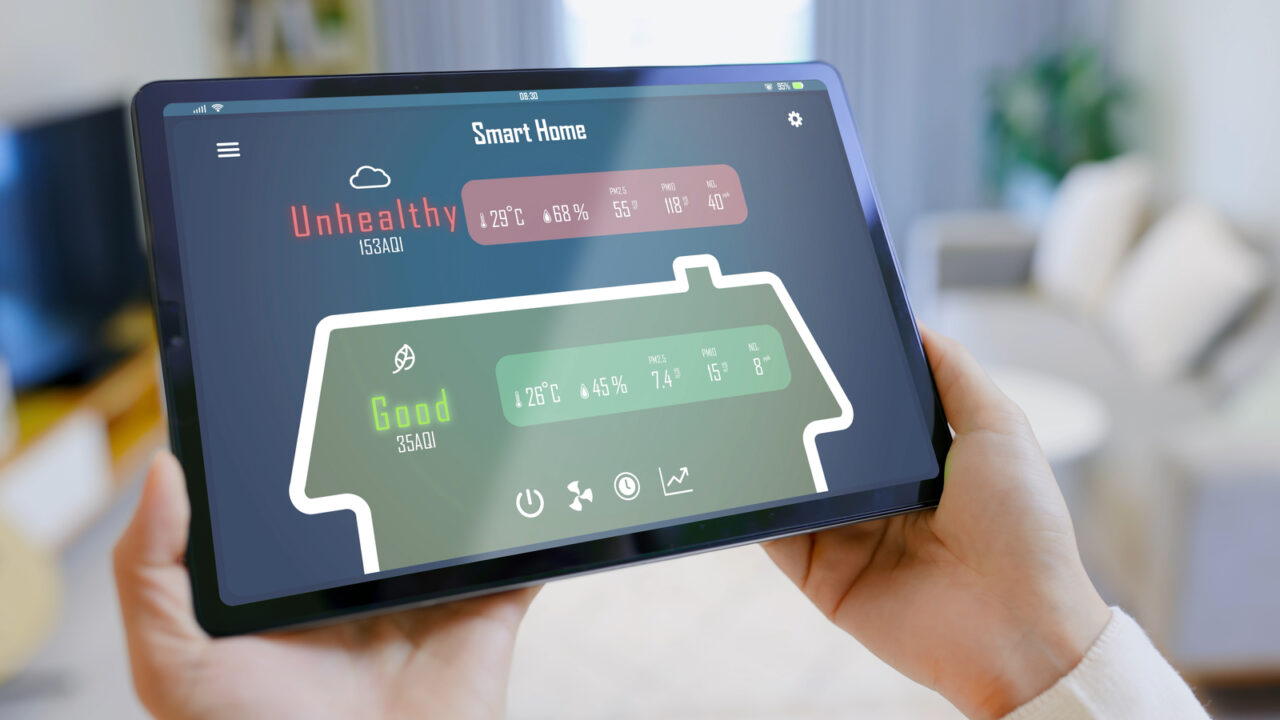
Bridging the Gap for Legacy Devices
What happens to older smart home devices when new standards like Matter and Thread dominate? Integration is still possible, thanks to multi-protocol hubs and adapters.
Devices like smart hubs act as intermediaries, ensuring older gadgets work seamlessly with new tech. While this solution helps, not all legacy devices can be fully upgraded.
Understanding your current setup and researching compatible solutions can ease the transition and prevent unnecessary replacements while ensuring a cohesive system for years to come.

Smart Homes for Accessibility
Smart technology is convenient, that’s for sure but it can actually be life-changing for people with disabilities.
Voice-activated assistants simplify tasks like controlling lights or adjusting thermostats, while smart doorbells with video feeds enhance safety. Automated blinds and smart locks remove physical barriers.
Now, it’s less about luxury and more about making everyone empowered and independent, even people with disabilities.
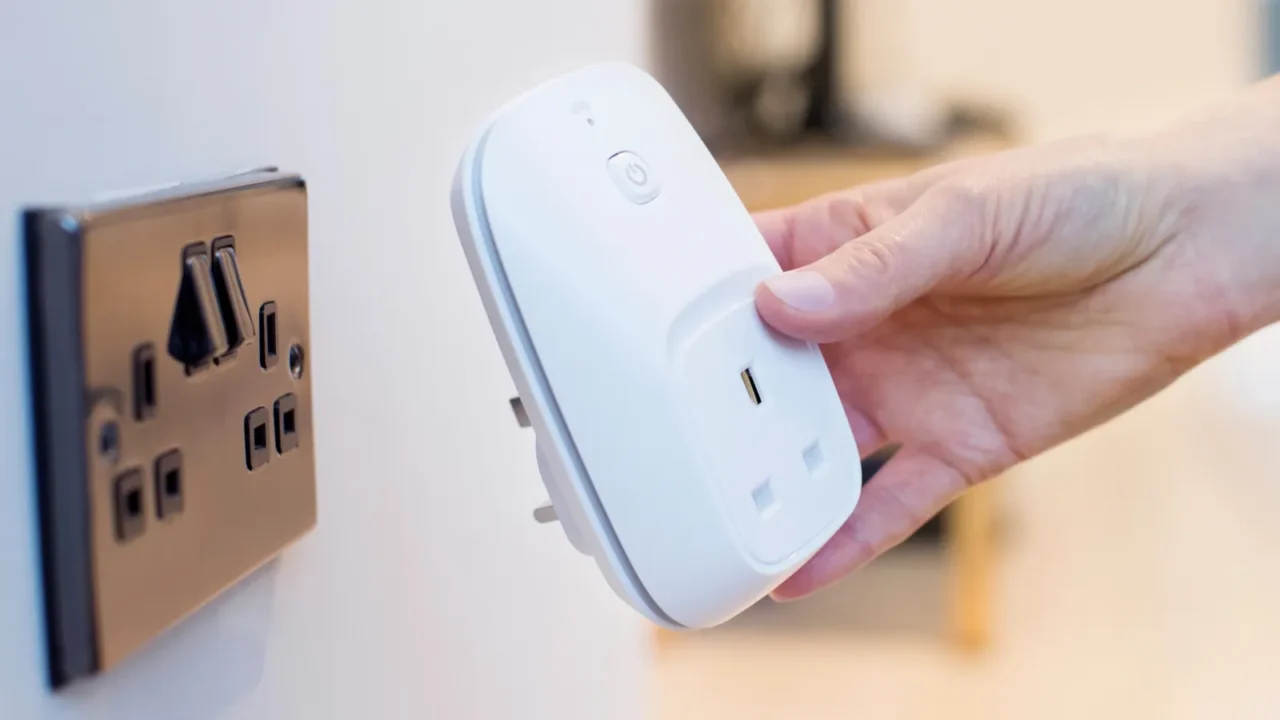
Renters and Smart Home Technology
While smart homes offer many benefits, renters face unique challenges when it comes to going with smart home technology due to restrictions on permanent installations. However, the rise of plug-and-play devices offers solutions, thankfully.
Battery-powered smart locks, adhesive light strips, and portable smart speakers are renter-friendly options that require no drilling or wiring. These devices are easy to install, remove, and take to your next home.
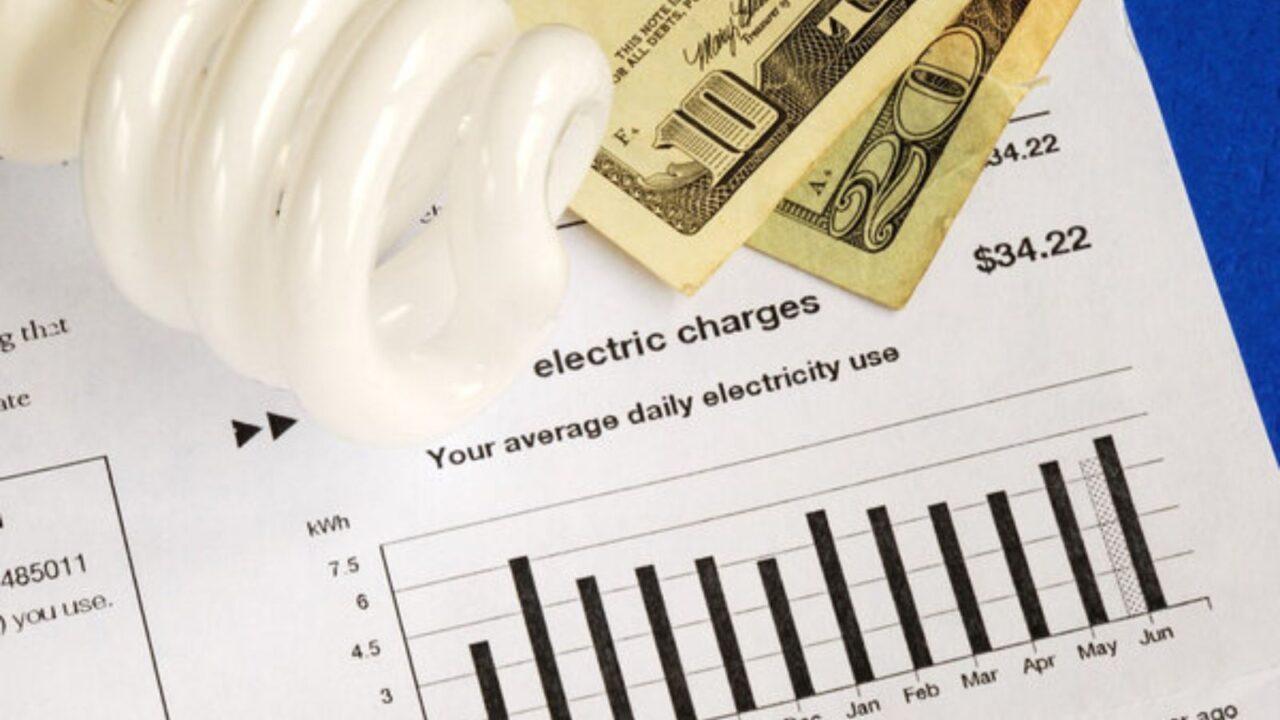
Smart Homes and Energy Efficiency
Beyond convenience, smart home technology can make your space more energy-efficient while maintaining a sleek aesthetic. Smart thermostats optimize heating and cooling, reducing energy waste without sacrificing comfort.
Automated window treatments adjust with the sun, keeping your home naturally warm or cool. Even smart lighting systems can cut electricity costs with motion sensors and scheduling. In 2025, energy-conscious homeowners have more options than ever.

Weighing the Pros and Cons of Smart Home Tech
Smart home technology makes life easier, but homeowners should consider a few key factors before diving in. Every home is different, and what works in one space might not suit another.
Think about potential challenges, like device compatibility, security risks, and how well the technology fits your daily routine. Doing your research and planning ahead can help you avoid headaches, especially when it comes to privacy and data security.
If you decide to start, make the most of your setup, and avoid these common security pitfalls: Rookie mistakes in smart home security setups.
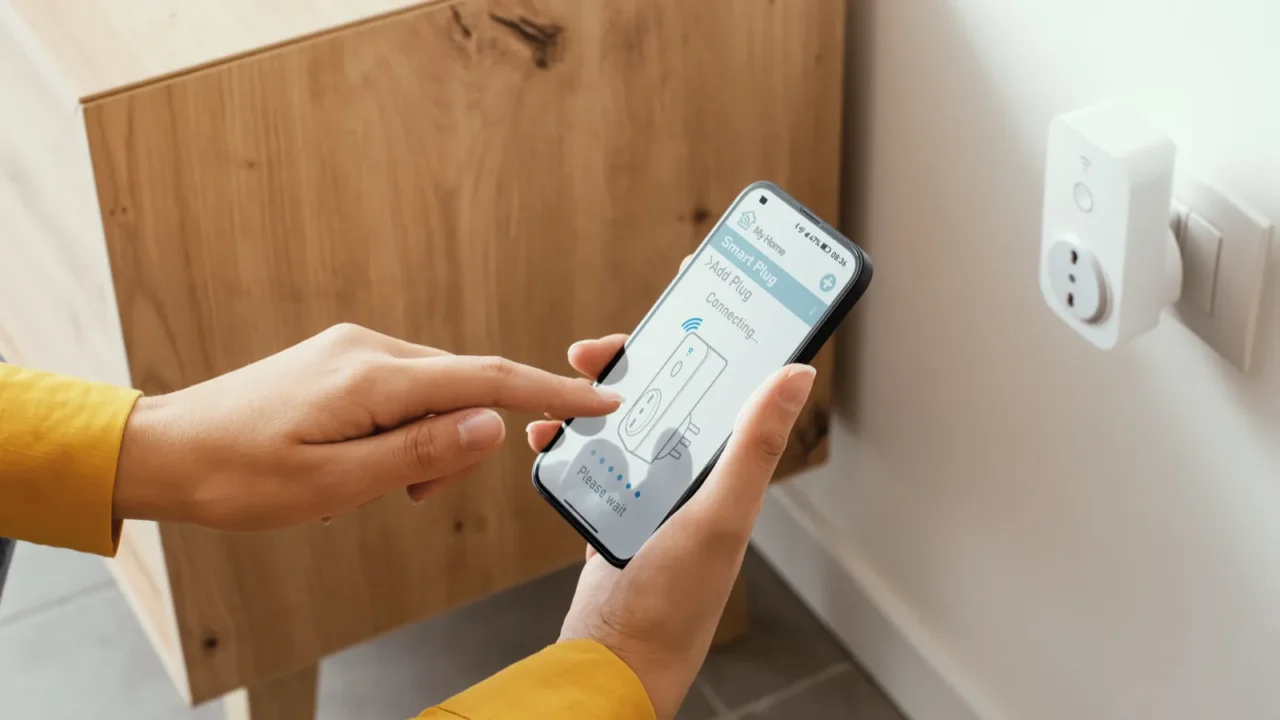
Keep Your Budget In Mind
So, if you have finally weighed the pros and cons and made a decision, I would still recommend starting small with a setup that fits your budget.
Building a smart home doesn’t mean overhauling your entire house overnight. A great strategy is to start with one room. For instance, a living room setup might include smart lights, a voice assistant, and a media hub. You can expand to other areas later.
By starting small, you can learn the ropes while gradually creating a home that fits your needs and lifestyle. Check out Budget-Friendly Smart Home Upgrades for 2025.
Read More From This Brand:
Don’t forget to follow us for more exclusive content right here on MSN.